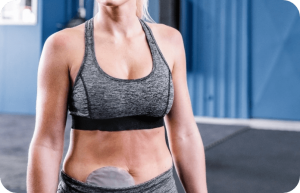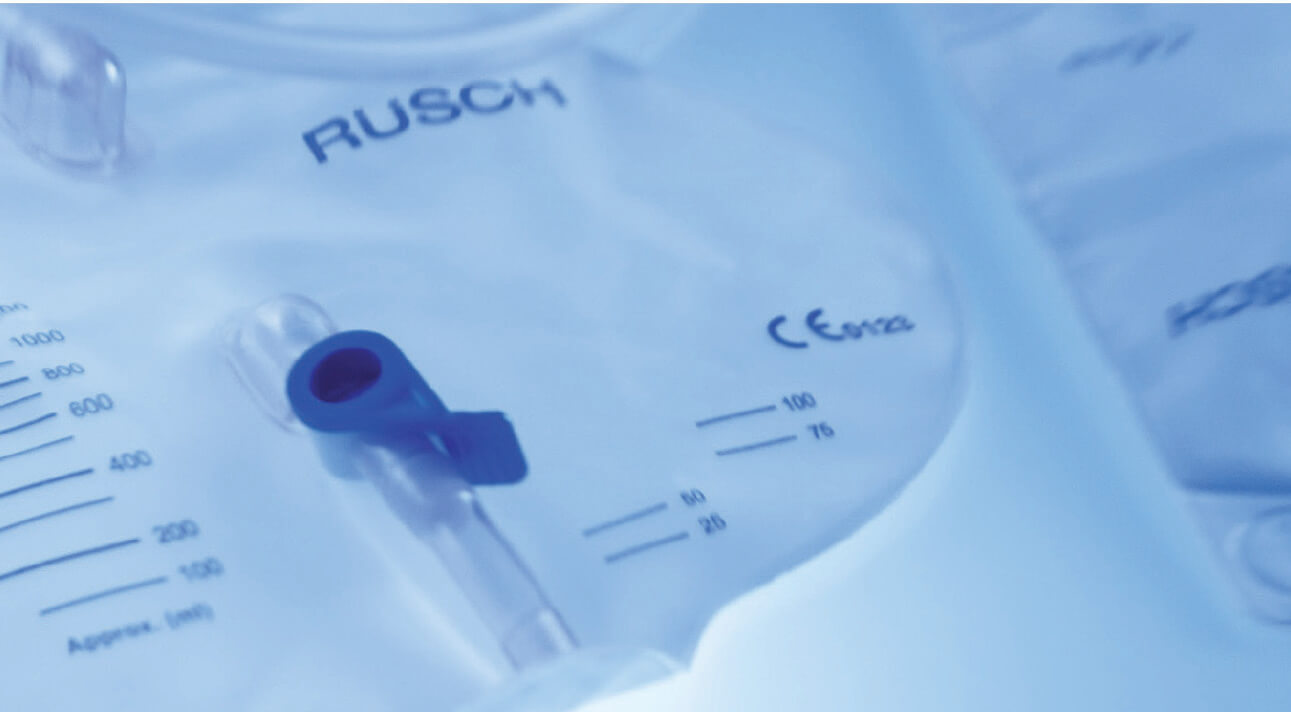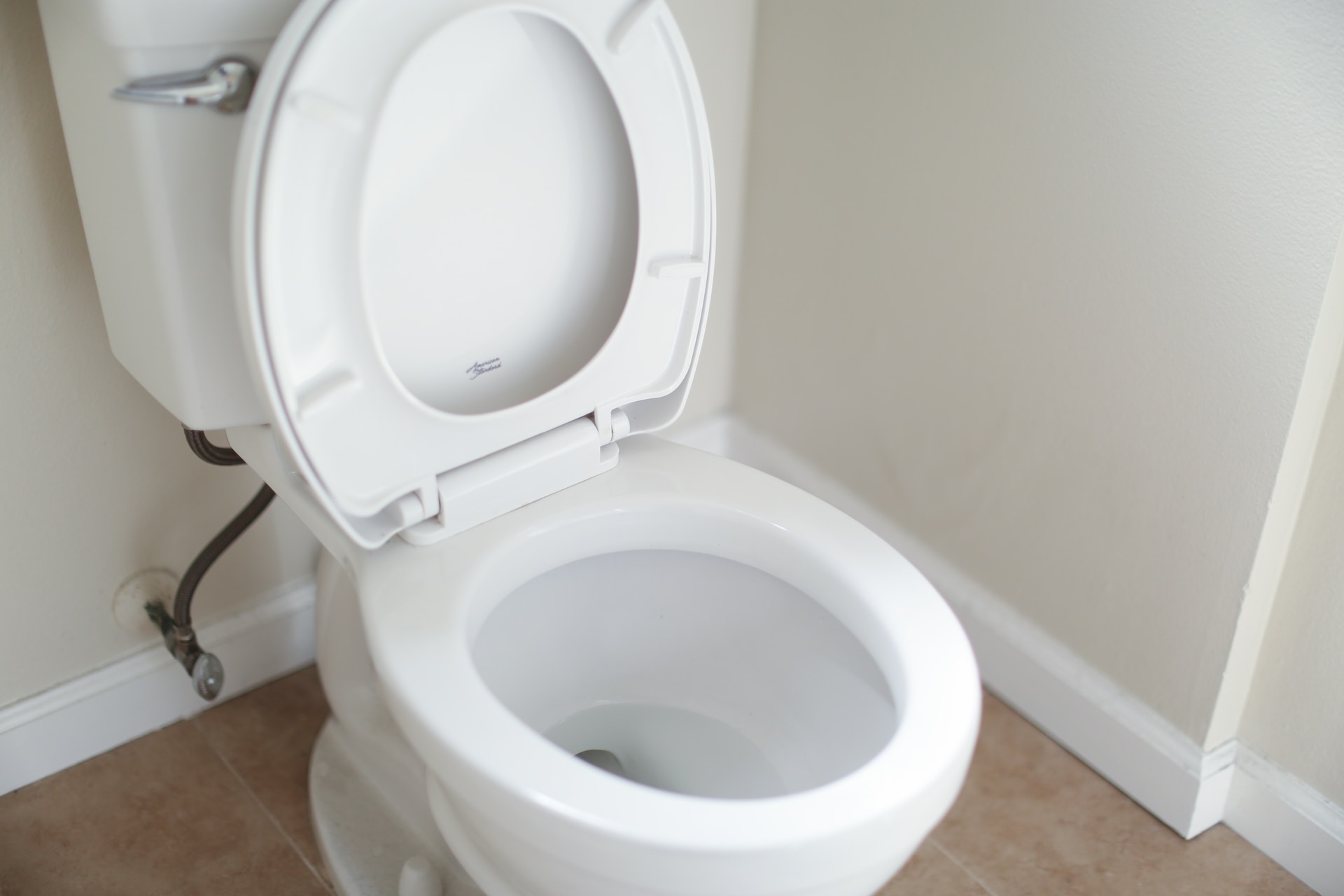There are many products on the market that can help you feel more comfortable and more confident when suffering from either bladder or bowel incontinence. There are some devices that are designed to either place pressure on the urethra or support the bladder neck in order to reduce stress incontinence. Incontinence pads or pants are a more popular choice for women. There are many types, sizes and absorbencies on the market as many are designed to be as discreet as possible.
In this article we’ll cover both devices and pads/pants to help you understand your options.
Urinary Devices for Bladder Incontinence
There are devices available that are designed to inserted into the vagina and are usually only suitable for women who suffer from stress urinary incontinence. They cannot be used to contain or stem full urinary incontinence or a heavy flow.
Intravaginal devices
Intravaginal devices are designed to support the neck of the bladder and improve stress urinary incontinence. They don’t tend to work as well in women who suffer from mixed urinary incontinence. They are both single use disposable versions and reusable devices. Some women can find these uncomfortable to wear and they can cause soreness, bleeding and infections
Tampons
Traditional use of tampons in obviously to stem menstrual flow but some women do use them for stress urinary incontinence. NICE guidelines don’t recommend this as a long term option due to Toxic Shock Syndrome but occasional use for short periods of time is acceptable. Use the lowest absorbency possible in order to avoid developing Toxic Shock Syndrome.
Pads for Bladder Incontinence
Incontinence pads are probably the most common and well known type of product available. They are easily accessible either through your GP or from a retail store and are usually the first product tried by someone who has an issue with either bladder or bowel control.
There are many different combinations to try depending on your preference from thinner, more discreet pads through to disposable underwear. Incontinence pads are generally suitable for all. Some people can find them uncomfortable once they become soiled, it is important to change your pad as quick as possible after they become soiled to avoid sore, broken and irritated skin.
Disposable Pads and Pants
Disposable pads and pants are the most convenient, easy-to-use and more discreet type of incontinence pad, although not the most cost effective and environmentally-friendly. The pads come in different absorbances to contain from light to heavy leakage/soiling. Disposable pants have improved considerably in recent years and are designed to look like normal underwear but contain an absorbent pad in the crotch area.
For women they come in a variety of designs including
- Disposable Liners – these are better suited for those who have light to moderate bladder leakage. They can slip during strenuous activity so an alternative may be best considered during exercise. Some women use sanitary towels and these are generally cheaper than pads designed specifically for urinary incontinence. Sanitary towels haven’t been designed to hold the same volumes of urine and may cause irritation and allow seepage and odour to develop
- Disposable Pants – are designed to look like everyday underwear but with an absorbent pad suitable for moderate to heavy bladder leakage
- Disposable All-In-Ones – these are a unisex product designed to contain heavy bladder leakage. They are also more suited to those who suffer from bladder and bowel incontinence
- Disposable T-Shape pads – these are similar to All-in-ones and are used to contain moderate to heavy bladder and bowel leakage. They are supposed to be easier to put on standing up and use a belt attachment
Washable Pads and Pants
Although there is an initial out cost with washable incontinence products, they are more cost effective over time. Some people also prefer the absorbency of terry towels especially at night as it can contain quite a large volume. There is also less skin irritation involved. The downside is products designed for anything more than light leakage tend to be very bulky and not discreet.
- Washable Liners – these are less commonly used than disposable liners as they tend to not be as effective. They are better suited to those who have control but want the reassurance of a pad
- Washable Pants – these look exactly like everyday underwear but have an absorbent pad in the gusset area. Some women wear these in conjunction with a disposable pad for extra protection
- Washable All-In-Ones – are usually made of terry towelling combine with a plastic pant to go over the top to avoid liquid seeping through. These are better for those with heavy bladder leakage. They are quite bulky though and folding and pinning the towelling into the correct shape can be quite fiddly
Further Information
For more information about products for bladder incontinence view the related topics below. If you need support, contact your GP or healthcare professional for clinical advice. You may also wish to find a continence clinic close to you, that may offer some practical advice and guidance on living with and managing incontinence.








